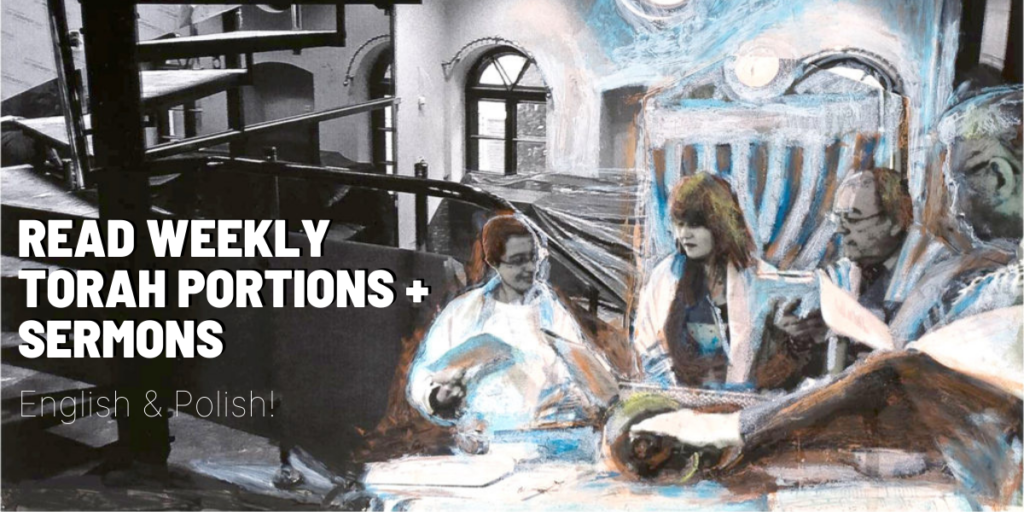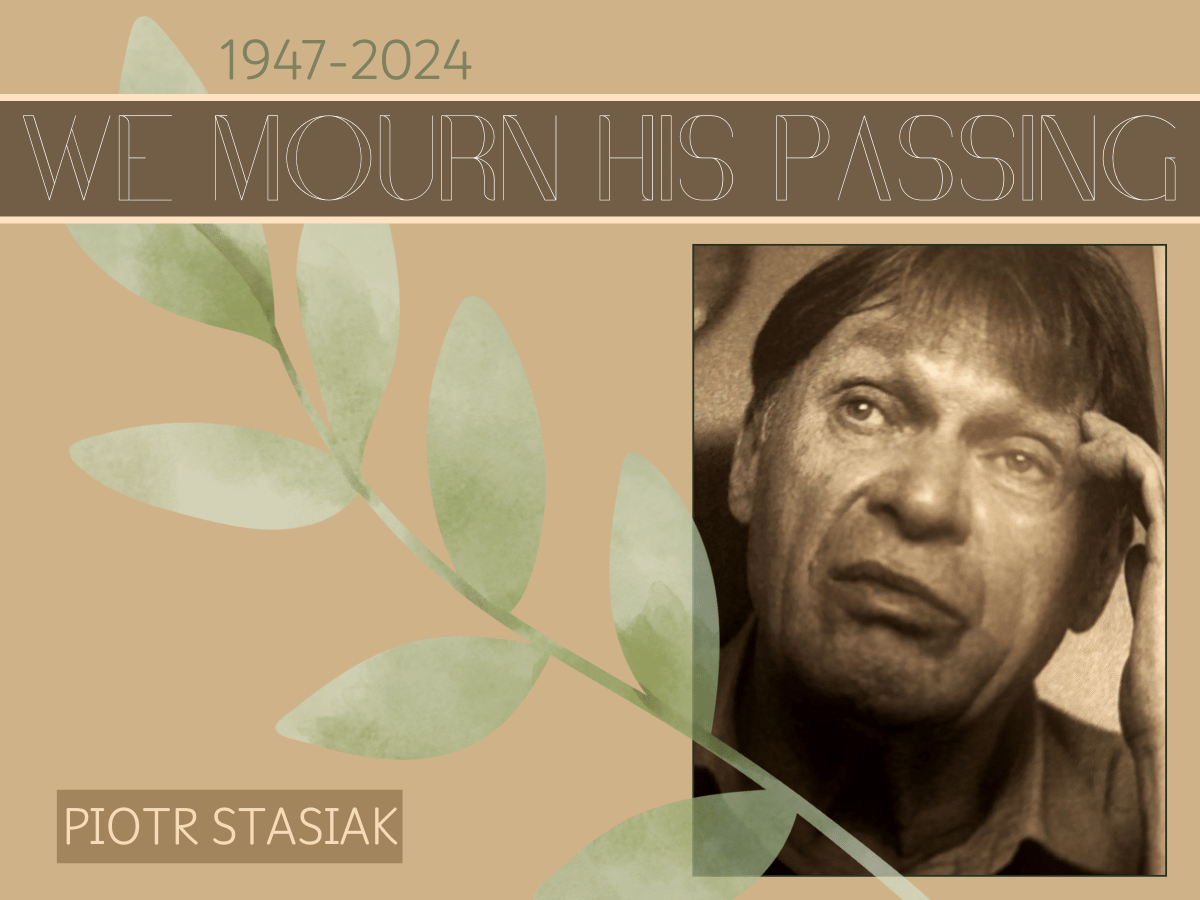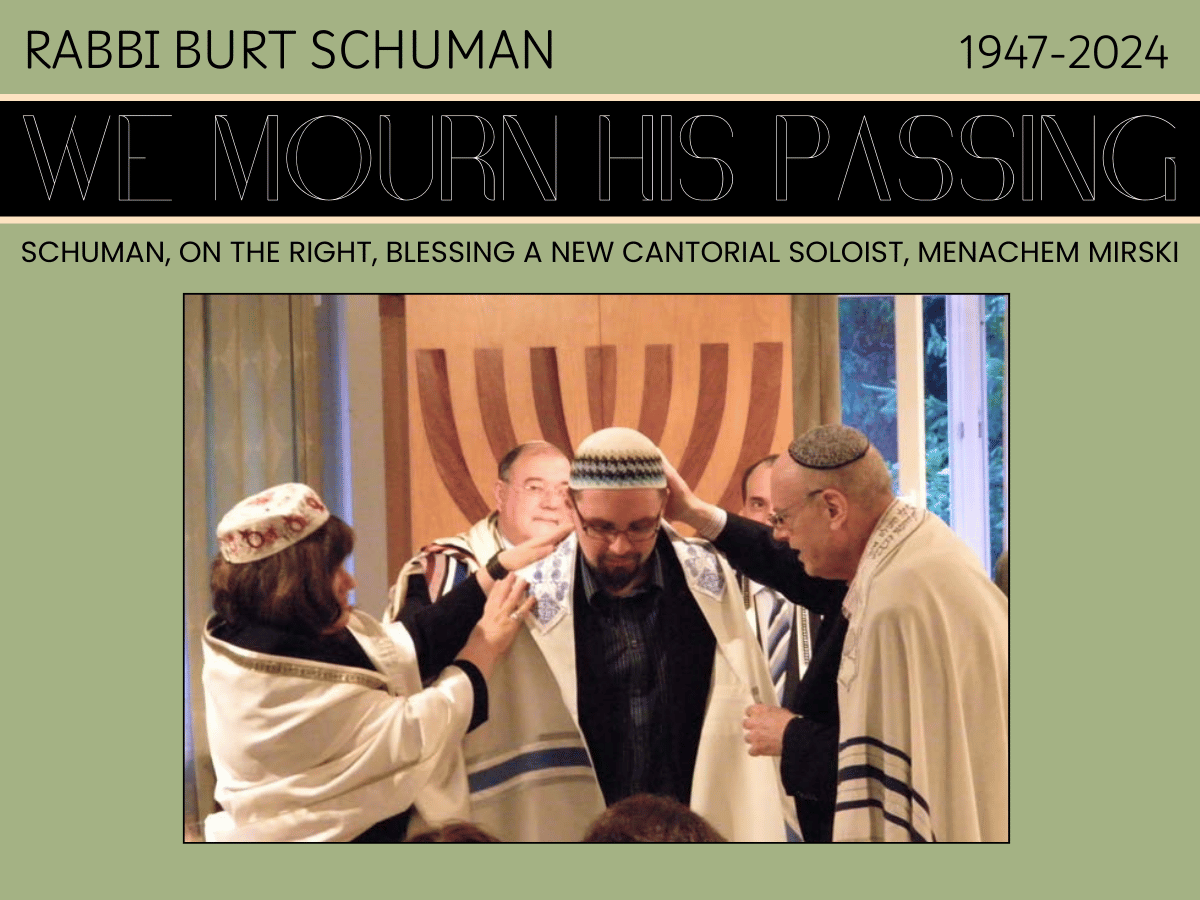Ki Tissa 5775
Why did Moses break the two tablets of the covenant? Did he do it deliberately or they simply fell off his hands and broke as they hit the mountain rock under him?An early reply for the second question is given by the ‘Masora’ which reads “shibarta” instead of “Shavarta” in Exodus 34:1 –Both readings are possible since they have the same consonants, only the vowels (which were introduced many centuries later), but ‘Shavarta’ implies “that you broke” either by mistake or deliberately, whereas “shibarta” implies: that you intentionally broke.
A Midrash [Tanchumah Ki Tissa] combines the two seemingly contradictory explanations: Moses broke the tablets since they became too heavy for him, but he did not just drop them out of his hands, but rather threw and smashed them:
“When the Holy One gave Moses the Tablets they were light, nearly carrying themselves, but when he went down and approached the camp (of Israelites) the words inscribed upon them flew away, and the tablets became very heavy on Moses’ hands. Hence Moses threw the tablets away from his hands”
Numerous explanations for this act are offered by early rabbinic midrashim: “R Jose the Galilean says: To what is this comparable? To a human king who told his messenger: Go and betroth for me a certain beautiful girl, who is also modest and well behaved, and the messenger went and betrothed her [=gave her an engagement ring on behalf of the king] After some time the messenger arrived [carrying the Ketubah, the marriage-deed with the king’s signature on it] and found her being intimate with another man. The messenger said to himself: If I hand her the Ketubah now, she will be condemned to death [on account of adultery]. He immediately tore the Ketubah. Likewise Moses said [to himself]: If I hand these tablets to the Israelites now… [Avot d’Rabbi Nathan, Schechter edition, ver.A, ch. 2]
According to R. Jose the Galilean the breaking of the tablets was not an act of rage, but rather an act of saving the lives of those who deserved capital punishment for the act of Idolatry-Adultery (these two sins are almost identical in many Biblical verses and rabbinic midrashim).
The following saying is attributed to the Kotzker (Rabbi Menachem Mendel from Kock):
Why did Moses break the tablets of the law when he came down from Mt. Sinai and saw the people worshipping the golden calf? Not because he lost his temper, but because he realized that, if people would make an idol of something as foolish as a golden calf, they would certainly make an idol of the Torah, which is of great value, but which is still not God.
There is no doubt in my mind that the Israelites dancing around the golden calf were ready to tell Moses: We do not deny the great God that gave you these tablets, but let us be tolerant and pluralistic: We will obey the commandments of your true God, and worship this beautiful golden calf only as the animal upon which your true God rides. The message of breaking the tablets for Jews of all ages is “Tolerance –Yes, Syncretism –No! We must respect people who have different faiths and be tolerant to other religions that sanctify other symbols, but tolerance should not be confused with syncretism. I read that in some American Reform congregations members suggested to place a Christmas tree in the synagogue as a gesture of friendship to their non-Jewish neighbors. Fortunately the rabbis of these congregations were able to draw the line saying: In the public domain we manifest Pluralism and mutual Tolerance by placing a Christmas Tree and a Menorah side by side, but in our own homes and synagogues we should place ONLY Jewish symbols, and not create a false impression that one can live as a Jew and as a Christian simoulteneously.
Rabbi Gil Nativ
6 marca 2015/15 adar 5775
Ki Tisa: Dlaczego Mojżesz roztrzaskał dwie Tablice?
Dlaczego Mojżesz rozbił dwie Tablice Przymierza? Czy zrobił to umyślnie, czy też po prostu wypadły mu one z rąk i roztrzaskały się, gdy uderzyły o górską skałę pod jego stopami?
Wczesną odpowiedź na drugie z tych pytań przedstawia „Masora”, która we fragmencie z Wj 34, 1 odczytuje „szibarta” zamiast „szawarta”. Obie te interpretacje są możliwe, słowa te zawierają bowiem te same spółgłoski, różnią się jedynie pod względem samogłosek (które zostały dodane dopiero wiele stuleci później). Słowo „szawarta” sugeruje wykładnię: „które roztrzaskałeś albo przez przypadek, bądź umyślnie”, natomiast słowo „szibarta” sugeruje: „które roztrzaskałeś celowo”.
W midraszu (Tanchuma Ki Tisa) obie te zdawałoby się przeciwstawne wykładnie zostały ze sobą połączone: Mojżesz rozbił Tablice, ponieważ zrobiły się dla niego zbyt ciężkie, nie wypadły mu one jednak po prostu z rąk – rzucił nimi, w wyniku czego się roztrzaskały: „Gdy Najświętszy dał Mojżeszowi Tablice, były one lekkie, nieomalże same się niosły, ale gdy zszedł na dół i zbliżył się do obozu (Izraelitów), zapisane na nich słowa ulotniły się, a Tablice w dłoniach Mojżesza stały się bardzo ciężkie. Dlatego Mojżesz odrzucił je od siebie”.
Wczesne midrasze rabiniczne oferują liczne teorie mające wyjaśnić takie zachowanie: „r. Jose Galilejczyk mówi: Do czego można to porównać? Do ludzkiego króla, który powiedział swemu posłańcowi: Idź i zaręcz mnie z pewną piękną dziewczyną, która jest również skromna i dobrze wychowana, a posłaniec poszedł i zaręczył ją [dał jej pierścionek zaręczynowy w imieniu króla). Po jakimś czasie posłaniec przybył niosąc ketubę, czyli umowę małżeńską, na której król złożył swój podpis, i zastał ową dziewczynę podczas intymnego zbliżenia z innym mężczyzną. Posłaniec rzekł do siebie: „Jeśli wręczę jej teraz ketubę, zostanie skazana na śmierć (za cudzołóstwo)”, i natychmiast podarł ketubę. Podobnie, Mojżesz rzekł (do siebie): Jeśli wręczę teraz Tablice Izraelitom… [Awot d’Rabi Natan, wydanie Schechtera, wersja A, r. 2].
Wedle r. Jose Galilejczyka Mojżesz nie roztrzaskał Tablic w akcie wściekłości, ale raczej chcąc uratować życie tych, którzy zasłużyli na karę śmierci za akt bałwochwalstwa-cudzołóstwa (w wielu wersetach biblijnych oraz w rabinicznych midraszim te dwa grzechy uznawane są za nieomalże identyczne).
Poniższe stwierdzenie przypisywane jest r. Menachemowi Mendelowi z Kocka („Kocker Rebe”): Dlaczego Mojżesz roztrzaskał Tablice Prawa gdy zszedł z Góry Synaj i ujrzał swój lud oddający cześć złotemu cielcowi? Nie dlatego, że poniosły go emocje, ale ponieważ zdał sobie sprawę, że jeśli lud uczynił sobie bożka z czegoś równie niemądrego, jak złoty cielec, to z pewnością uczyni sobie bożka z Tory, która, choć posiada ogromną wartość, nie jest jednak Bogiem.
Nie mam wątpliwości, że Izraelici tańczący wokół złotego cielca gotowi byli powiedzieć Mojżeszowi: nie odrzucamy wielkiego Boga, który ofiarował ci te Tablice, chcemy jednak być tolerancyjni i pluralistyczni: będziemy posłuszni przykazaniom twojego prawdziwego Boga, a tego pięknego złotego cielca będziemy czcić tylko jako zwierzę, na którym zasiada twój prawdziwy Bóg.
Z rozbitych Tablic wynika następujące przesłanie dla Żydów żyjących we wszystkich pokoleniach: „tolerancja – tak, synkretyzm – nie!”. Musimy szanować przedstawicieli innych wyznań i tolerować inne religie, które uznają za święte inne symbole, tolerancji nie należy jednak mylić z synkretyzmem. Przeczytałem kiedyś, że członkowie pewnej amerykańskiej reformowanej kongregacji zasugerowali, aby w geście przyjaźni z ich nie-żydowskimi sąsiadami postawić w synagodze choinkę. Na szczęście rabini z owej kongregacji potrafili zakreślić granicę, mówiąc: W sferze publicznej okazujemy pluralizm i wzajemną tolerancję, umieszczając obok siebie choinkę oraz menorę, w naszych własnych domach i synagogach powinniśmy jednak stawiać TYLKO symbole żydowskie, a nie próbować stworzyć fałszywe wrażenie, iż można żyć jednocześnie jako Żyd oraz jako chrześcijanin.



















Leave a Reply